As the world of home design and technology continues to converge, interior designers are increasingly tasked with incorporating smart home features into their projects. These cutting-edge technologies not only enhance the functionality and efficiency of a living space but can also significantly contribute to its overall aesthetic and ambiance.
For interior designers, understanding the latest smart home features and how they can be seamlessly integrated into various design styles is crucial. By staying up-to-date on the latest advancements in smart home technology, designers can offer their clients innovative solutions that elevate the living experience while maintaining the desired aesthetic.
In this blog post, we will explore the top 5 smart home features that every interior designer should know about.
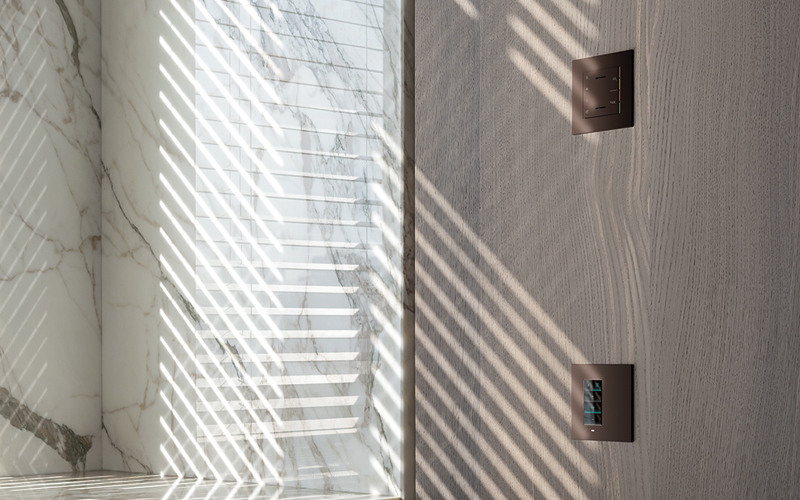
1. Smart Lighting
One of the most versatile and impactful smart home features for interior designers is smart lighting. Smart light bulbs, fixtures, and control systems allow homeowners to have precise control over the lighting in their living spaces, both in terms of functionality and ambiance.
From dimming and colour-changing capabilities to pre-programmed lighting scenes and schedules, smart lighting offers a level of customization and automation that can significantly enhance the overall design of a room. Interior designers can leverage these features to create dynamic, visually appealing lighting schemes that complement the existing décor and highlight specific architectural elements or design features.
Moreover, smart lighting can be integrated with other smart home technologies, such as voice assistants and home automation systems, allowing for seamless control and optimization of the lighting environment.
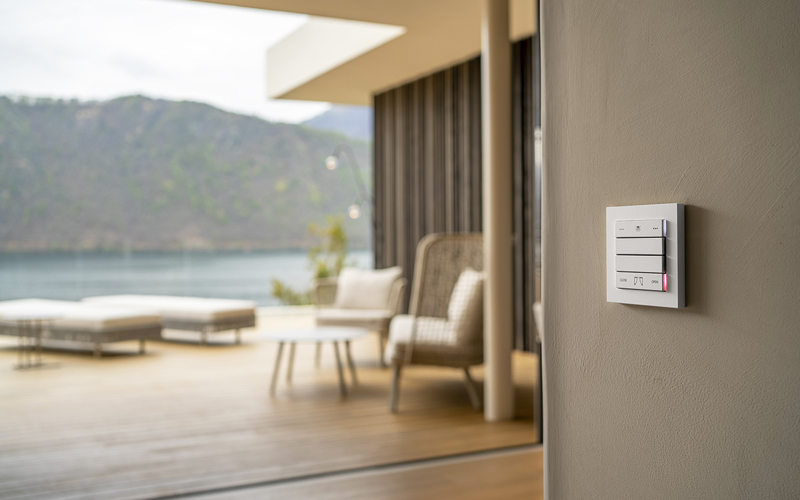
2. Multifunctional Smart Displays
As smart home technology continues to evolve, multifunctional smart displays are becoming an increasingly valuable tool for interior designers. These devices, which often resemble high-tech digital picture frames, can serve as centralized command centres for various smart home features, from lighting and climate control to security and entertainment.
Beyond their practical applications, smart displays can also be designed to complement the aesthetic of the space, seamlessly blending into the existing décor. Interior designers can work with manufacturers to customize the display’s appearance, including the frame, colour, and overall visual style, to ensure it aligns with the desired design scheme. Moreover, these smart displays can double as digital art frames, showcasing curated artwork or personal photos, further enhancing the visual appeal of the space.
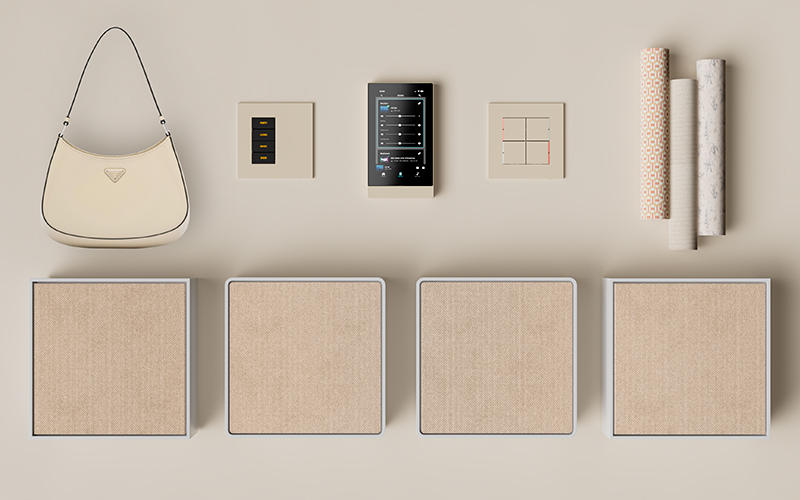
3. Integrated Audio Systems
High-quality audio systems have long been a consideration for interior designers, but the integration of smart home technology has taken this aspect of home design to new heights. Smart speakers, wireless audio systems, and voice- controlled music playback can be seamlessly incorporated into a living space, providing a premium listening experience without compromising the overall design.
Interior designers can work with audio specialists to strategically place and conceal speakers and other audio components, ensuring they are visually unobtrusive while still delivering exceptional sound quality. Additionally, the ability to control music and audio playback through voice commands or mobile apps allows for a level of convenience and flexibility that can greatly enhance the living experience.
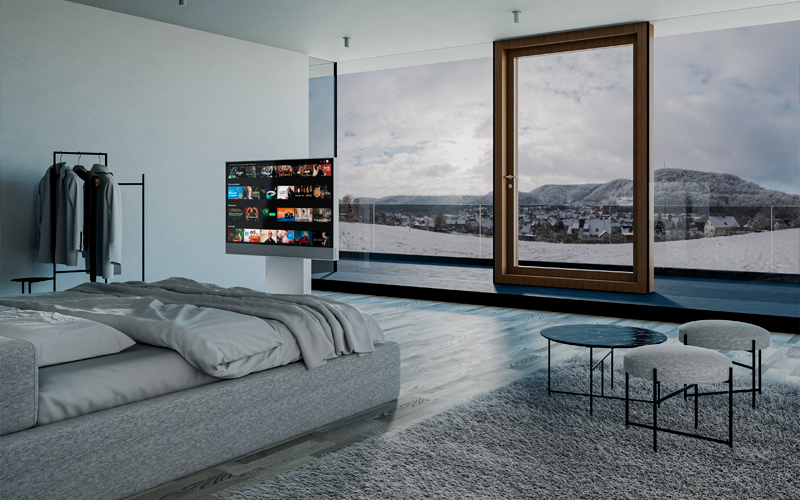
4. Automated Window Treatments
Window treatments, such as blinds, shades, and curtains, play a vital role in the overall aesthetic and functionality of a space. Smart home technology has revolutionized this aspect of interior design, offering automated solutions that can be programmed and controlled through various smart home platforms.
Automated window treatments not only provide greater convenience and energy efficiency but can also be integrated into the overall design scheme. Interior designers can work with manufacturers to select window treatment options that complement the existing décor, whether it is sleek, minimalist roller shades or elegant, motorized curtains.
Furthermore, the ability to schedule or remotely control the window treatments can help maintain the desired ambiance and privacy levels, while also contributing to the overall energy efficiency of the home.
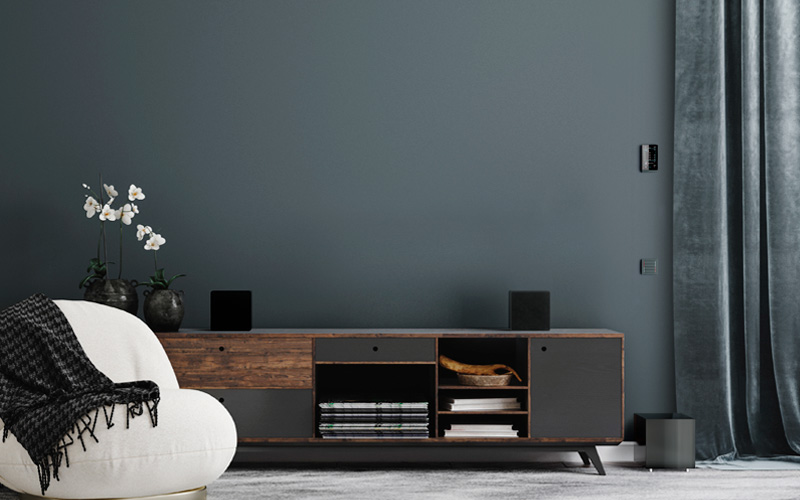
5. Integrated Home Security
Home security is an essential consideration for both homeowners and interior designers, and smart home technology has revolutionized this aspect of residential design. From video doorbells and security cameras to smart locks and motion sensors, these integrated security features can be seamlessly incorporated into a living space without compromising the overall aesthetic.
Interior designers can work closely with security system providers to ensure that the placement and integration of these devices align with the design scheme, minimizing any visual distractions or disruptions. Additionally, the ability to monitor and control the home’s security features through mobile apps or voice commands can provide homeowners with an added sense of convenience and peace of mind.
By understanding and incorporating these smart home security features into their design projects, interior designers can help create living spaces that are not only beautiful but also highly secure and functional.
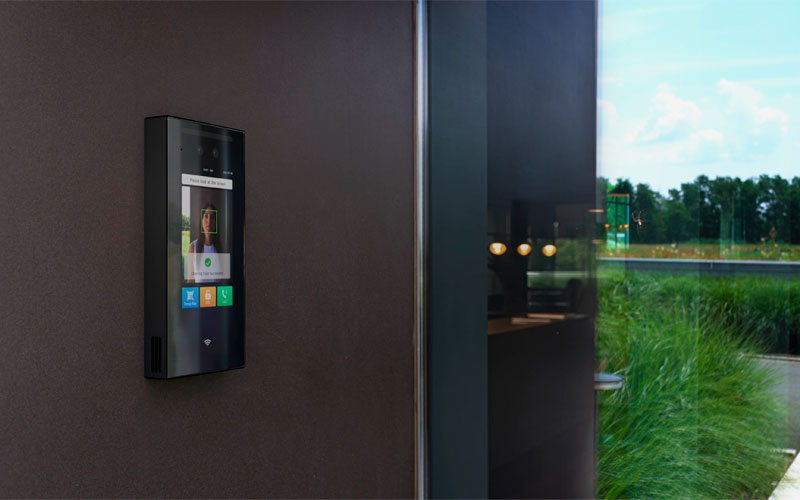
As the smart home revolution continues to evolve, interior designers must stay informed and up-to-date on the latest technologies and how they can be integrated into their design projects. By understanding the top smart home features, such as smart lighting, multifunctional smart displays, integrated audio systems, automated window treatments, and integrated home security, designers can offer their clients innovative solutions that enhance the functionality, efficiency, and overall aesthetic of a living space.
By seamlessly blending smart home technology with thoughtful, visually appealing design, interior designers can create truly remarkable living environments that cater to the needs and preferences of modern homeowners. As the demand for smart home integration in residential design continues to grow, staying informed on these key features will be crucial for interior designers to remain competitive and deliver exceptional, future-proof projects.
